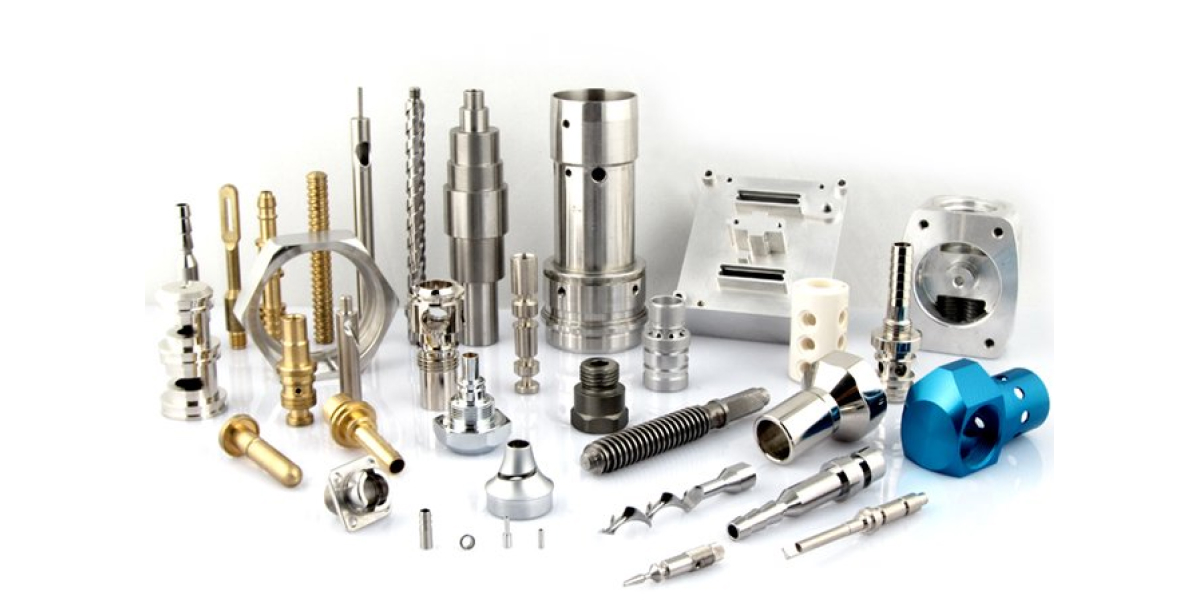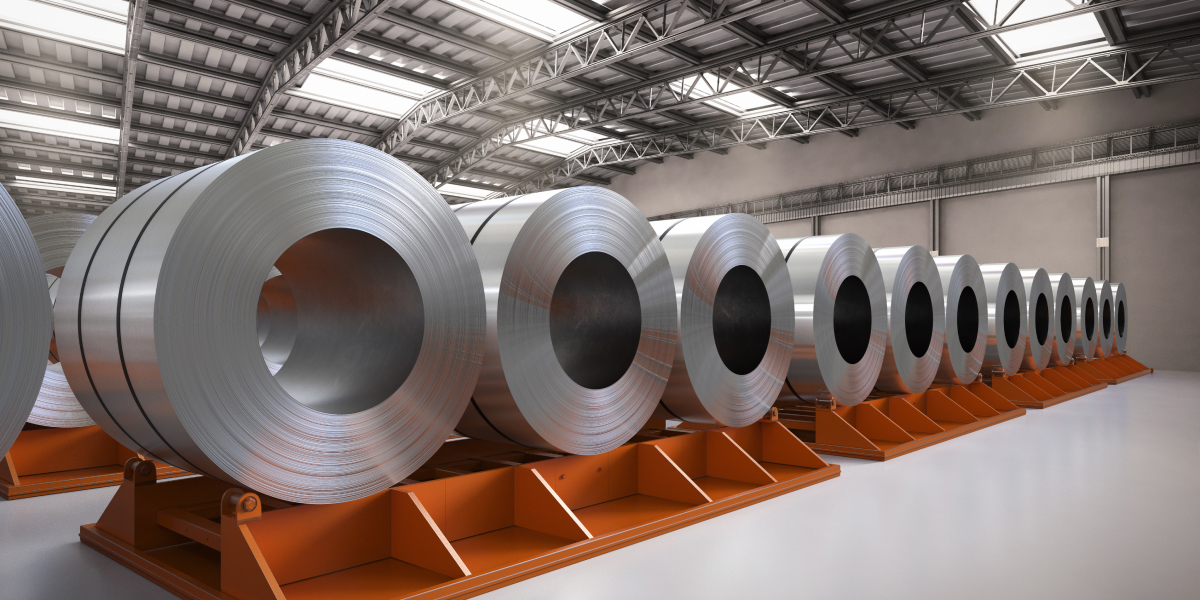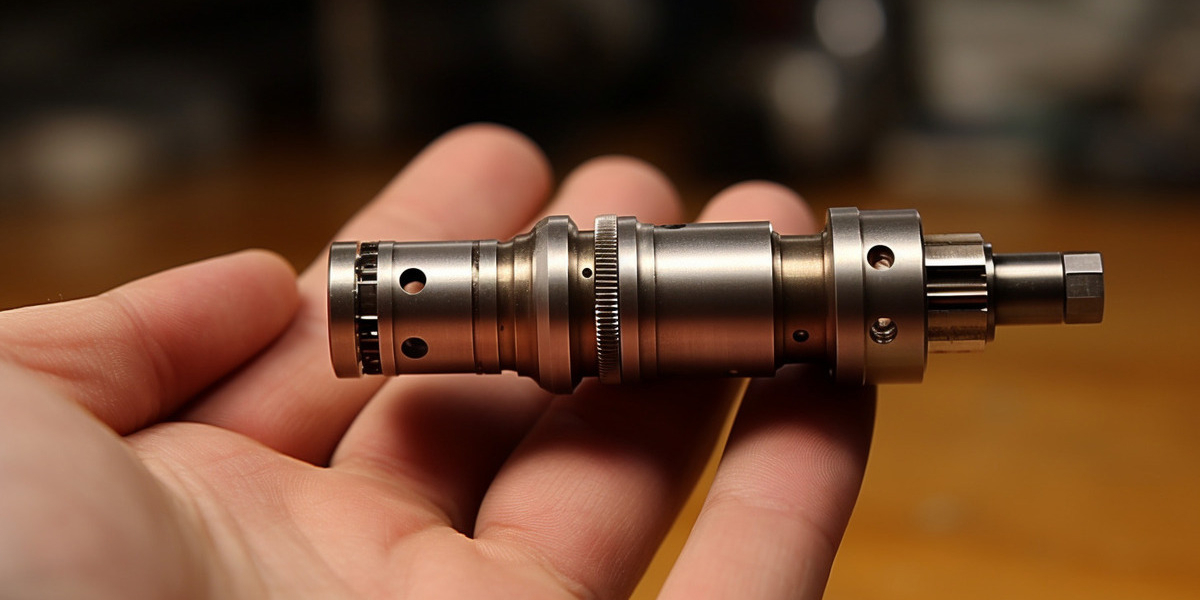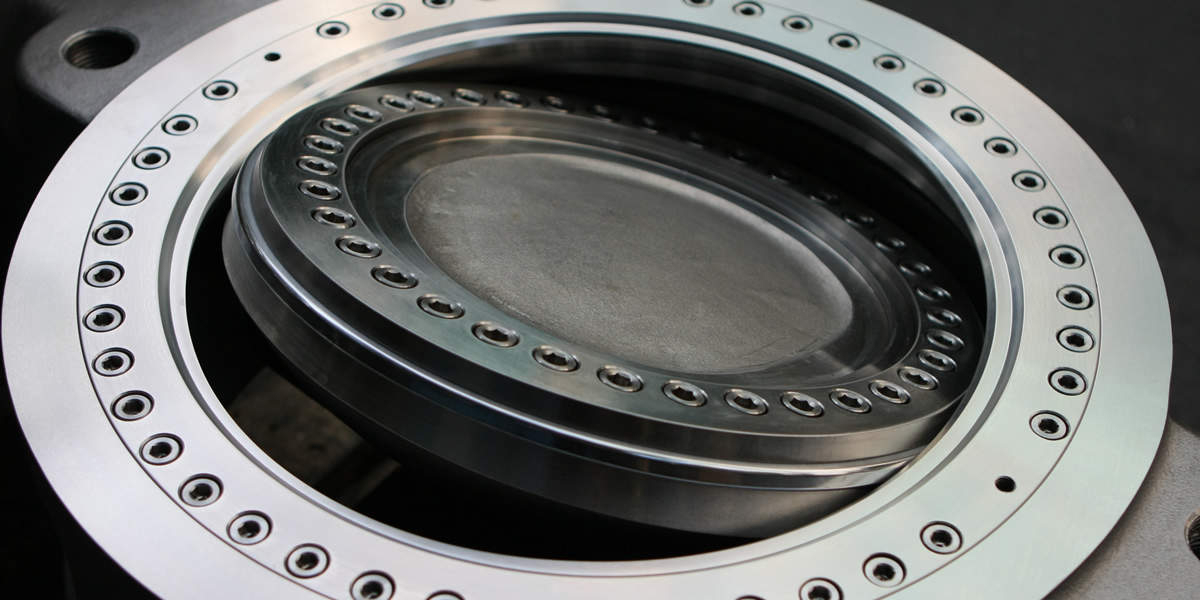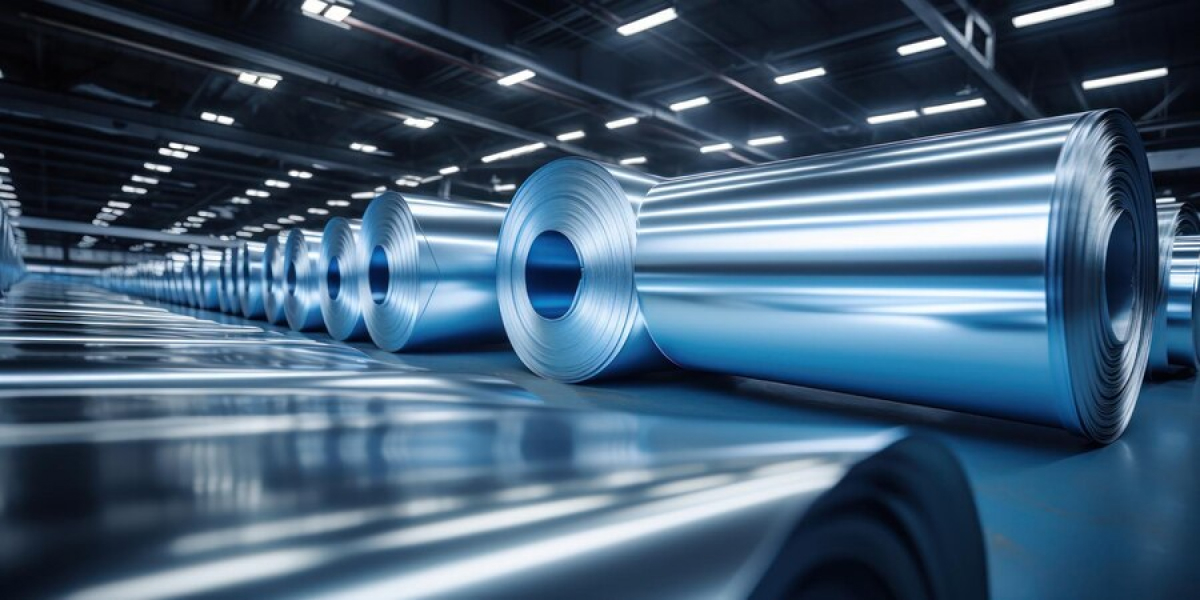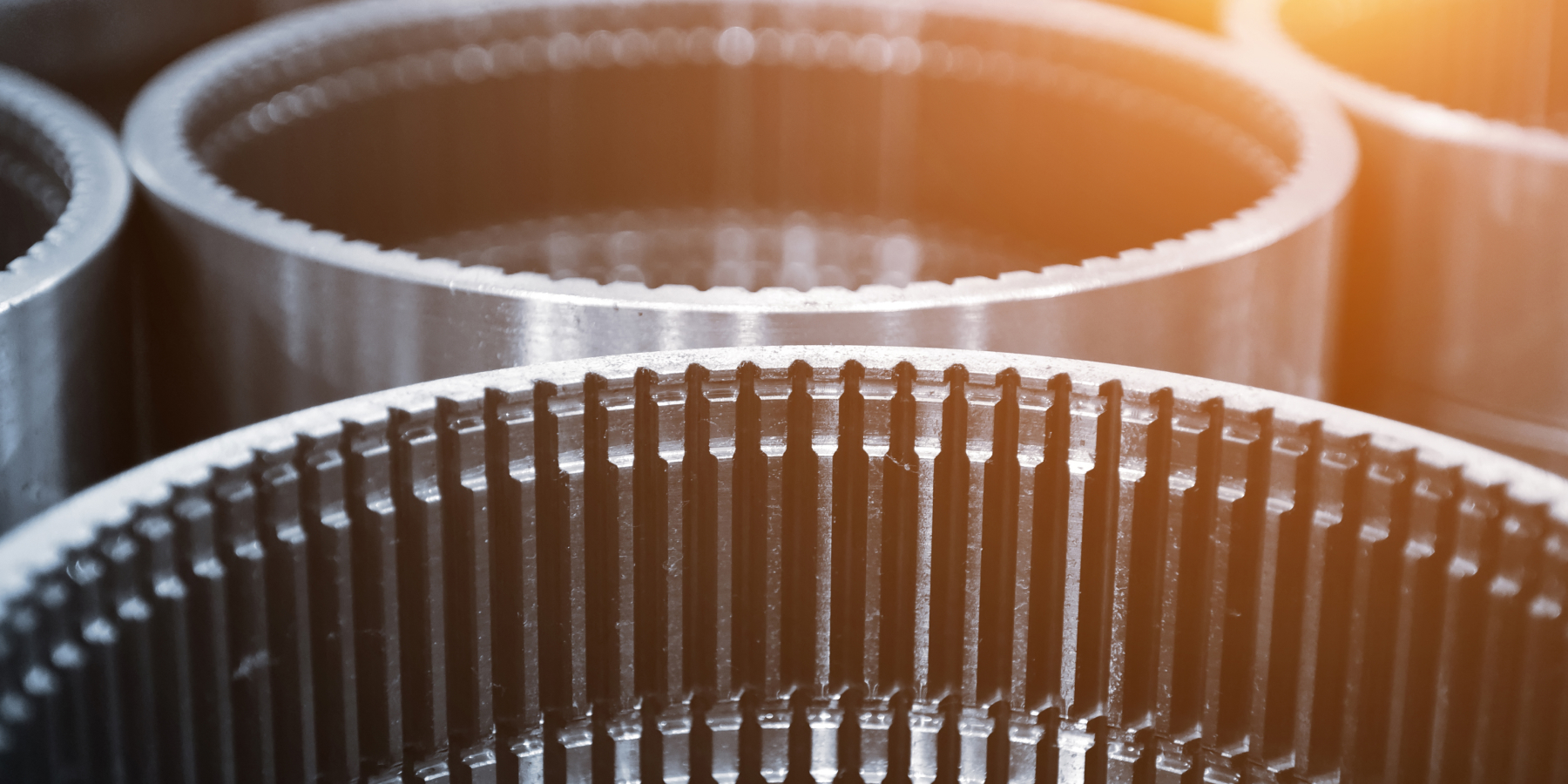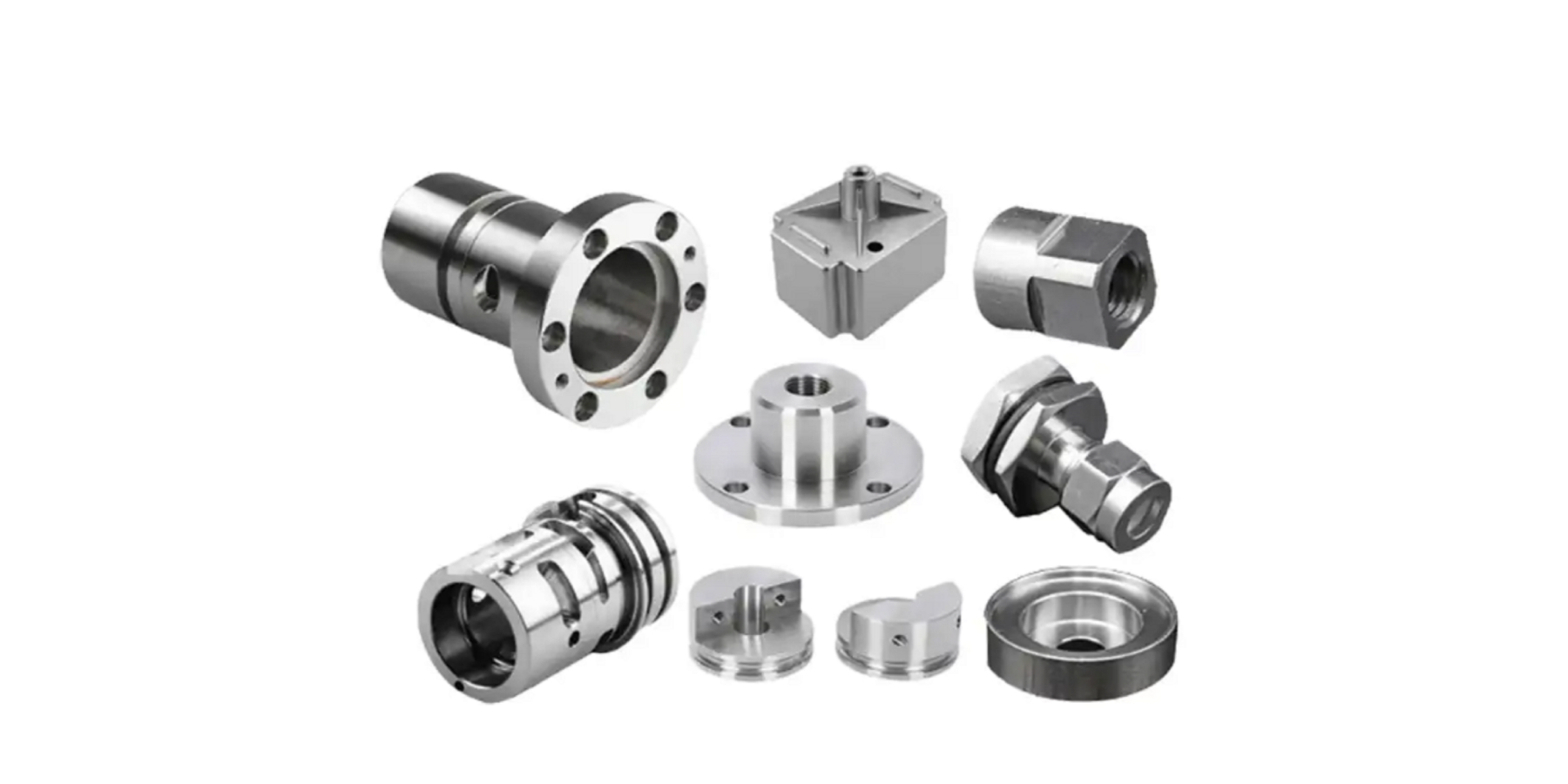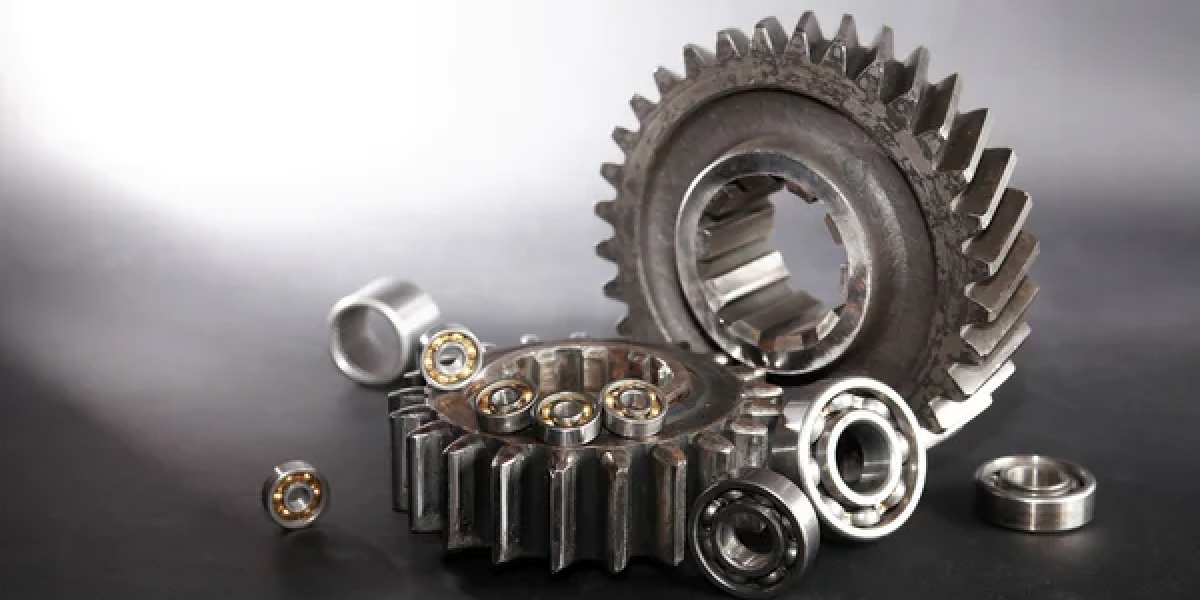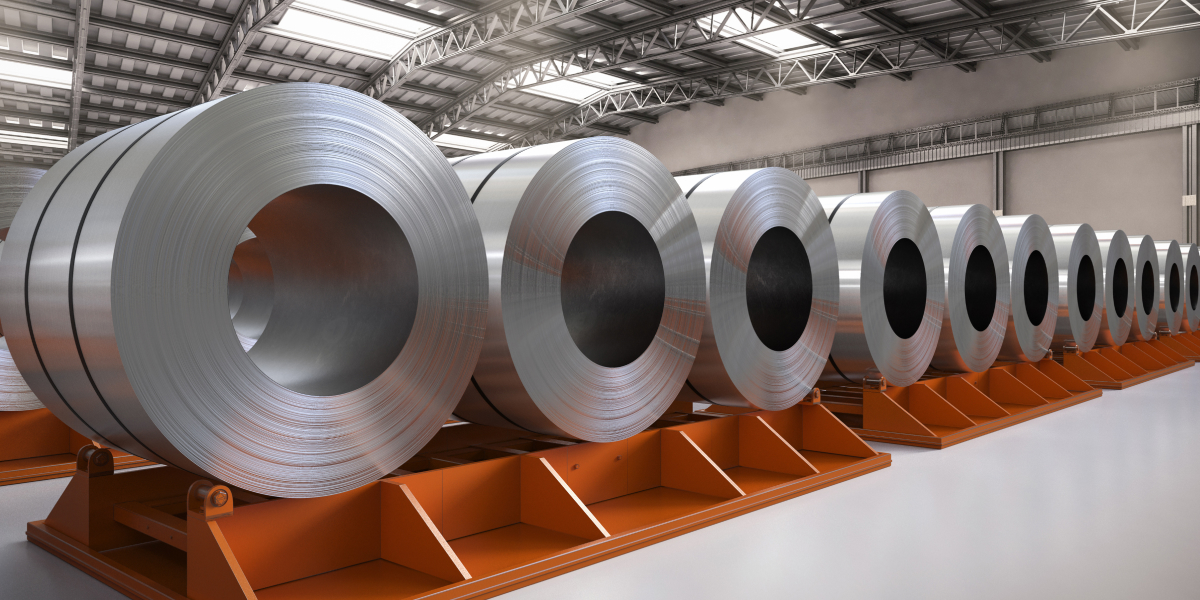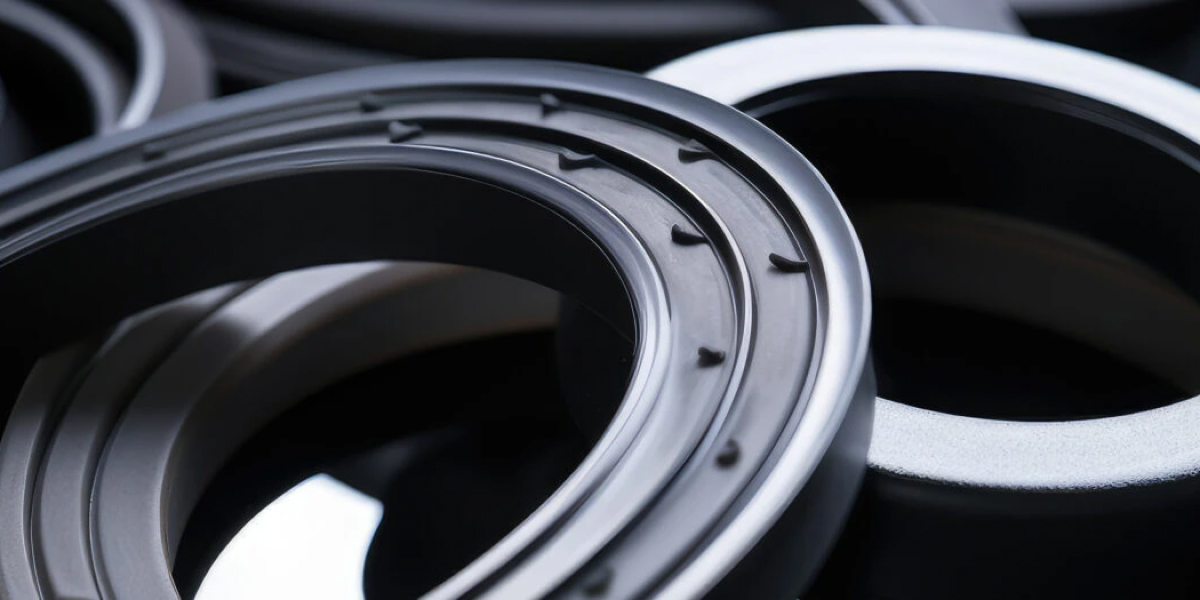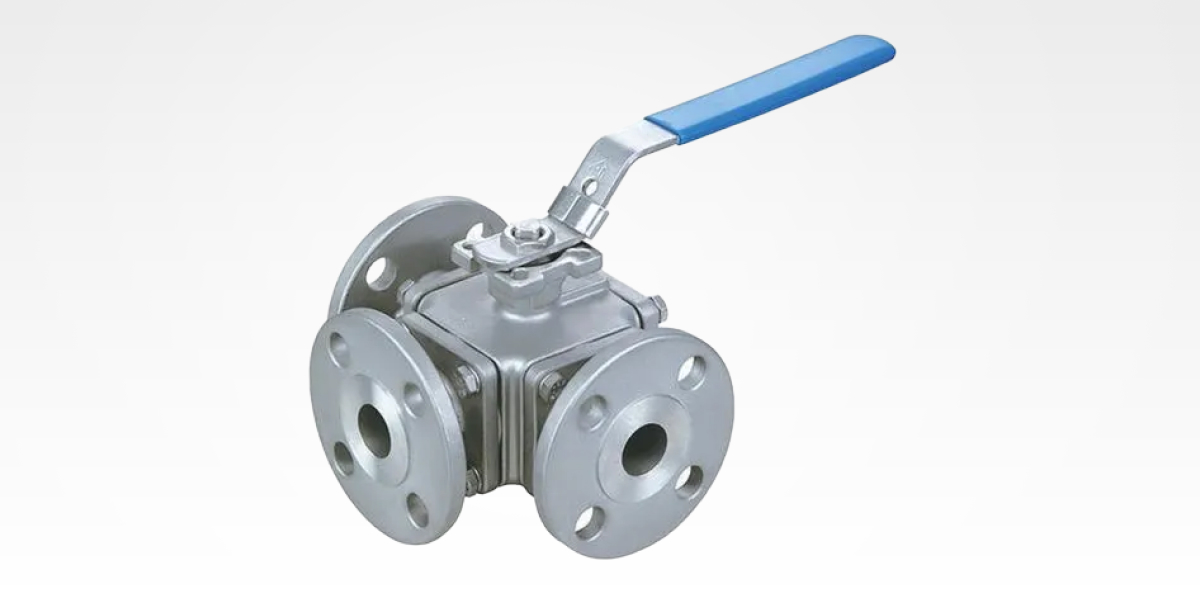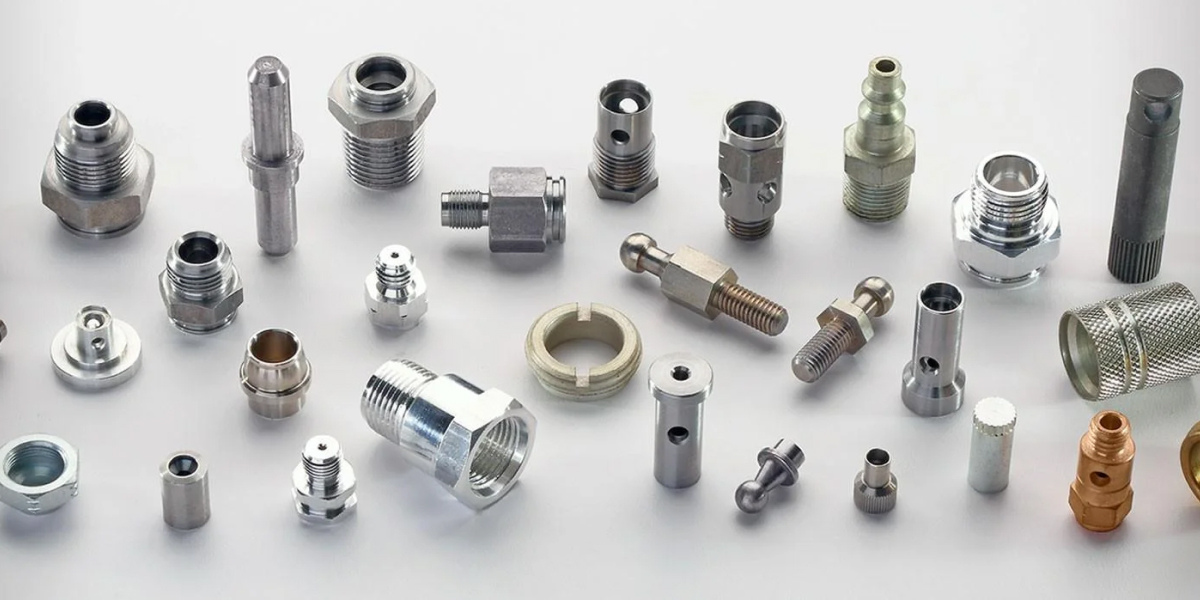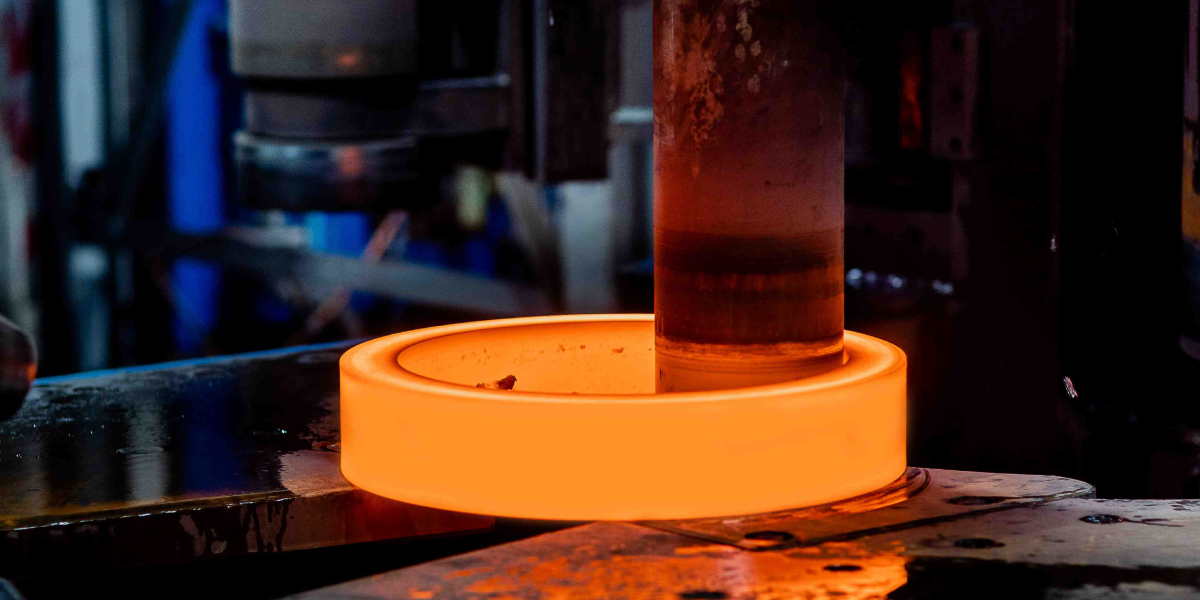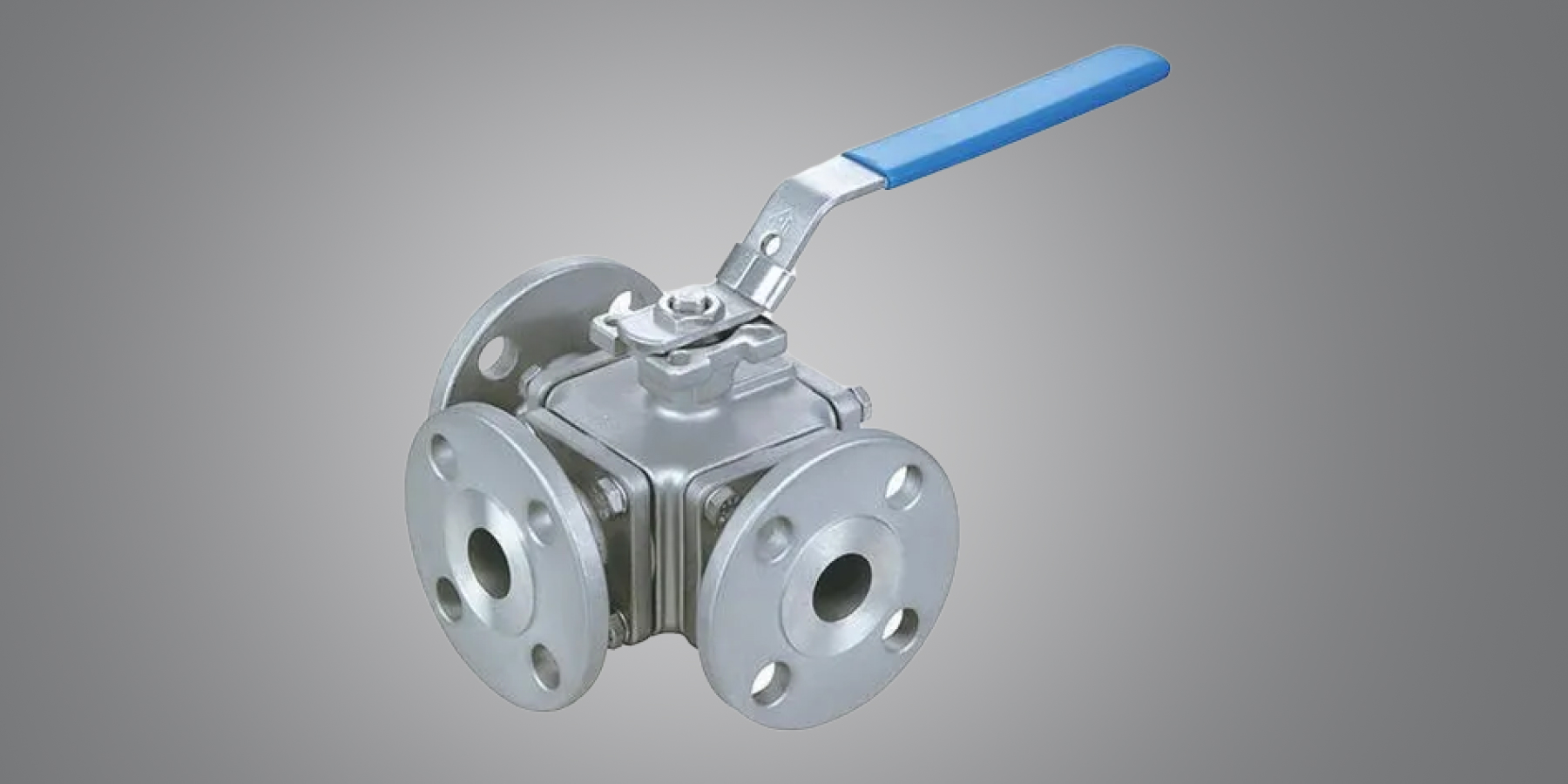The Ultimate Guide to CNC Machined Components and Suppliers
CNC-machined components are at the heart of modern manufacturing, playing a crucial role in the automotive and aerospace industries. Precision, efficiency, and versatility make CNC machining an essential process. This guide provides a comprehensive look into CNC machined components, including insights into finding reliable suppliers and understanding CNC machine parts.
Overview of CNC Machining
CNC (Computer Numerical Control) machining is a process used in the manufacturing sector that involves the use of computers to control machine tools. Tools that can be controlled in this manner include lathes, mills, routers, and grinders. The CNC process reduces human error, increases precision, and allows for the production of complex shapes.
The Evolution of CNC Technology
The advent of CNC technology revolutionized manufacturing. Initially, machining processes were manually controlled. With the introduction of CNC, the ability to produce highly complex parts with minimal human intervention became a reality. This shift has led to significant improvements in efficiency, consistency, and scalability in production.
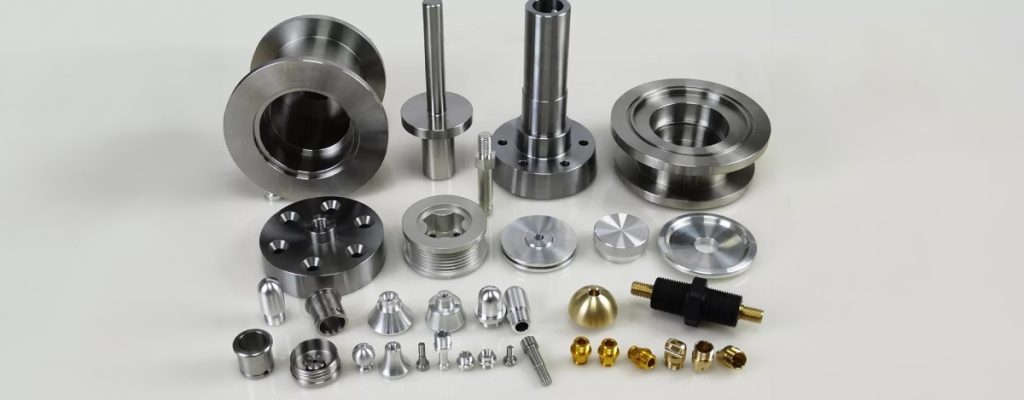
Key Terminology in CNC Machining
- G-code: The language used to instruct CNC machines.
- Spindle: The part of the machine that holds the cutting tool.
- Toolpath: The route that the cutting tool follows.
- Feed rate: The speed at which the cutting tool moves through the material.
Components of CNC Machines
Spindle and Its Importance
The spindle is a crucial component of CNC machines, responsible for rotating the cutting tool. The speed and precision of the spindle directly affect the quality of the machined part. High-speed spindles allow for faster cutting and finer finishes.
Types of CNC Machines
- CNC Milling Machines: Used for complex shapes and precision parts.
- CNC Lathes: Ideal for cylindrical parts.
- CNC Routers: Commonly used for cutting softer materials like wood and plastics.
Essential CNC Machine Parts
- Control Unit: The computer that controls the machine.
- Motor Drives: Provide the power needed to move the machine parts.
- Worktable: The surface where the material is placed.
Materials Used in CNC Machining
Metals Commonly Used
- Aluminum: Lightweight and easy to machine.
- Steel: Strong and durable, ideal for high-stress applications.
- Titanium: Known for its strength-to-weight ratio and corrosion resistance.
Plastics and Composites
- Lightweight: Easier to handle and machine.
- Corrosion-resistant: Ideal for environments where metals would corrode.
Material Selection Criteria
- Mechanical Properties: Strength, hardness, and flexibility.
- Cost: Budget constraints can limit material choices.
- Application Requirements: Specific needs of the end product.
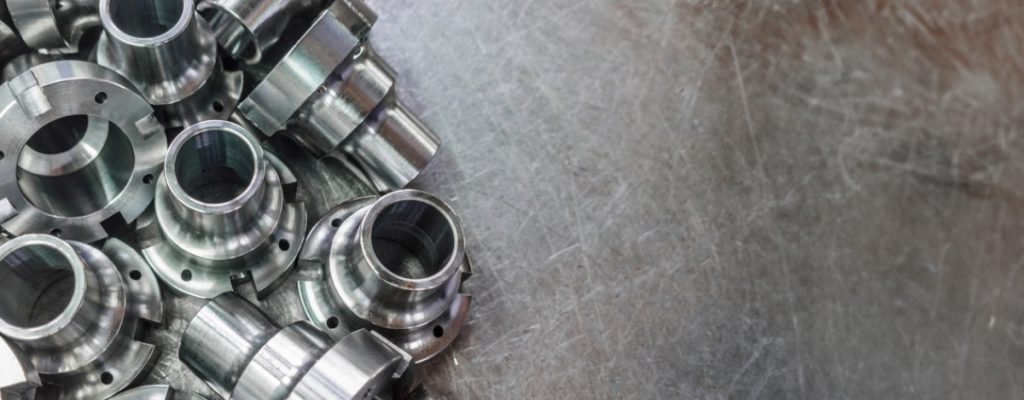
Benefits of CNC Machined Components
Precision and Accuracy
CNC machines offer unmatched precision, capable of producing parts with extremely tight tolerances. This level of accuracy is essential for applications where even the smallest deviation can lead to failure.
Efficiency and Productivity
Automated CNC processes can operate continuously, significantly increasing productivity. The ability to run unattended overnight further boosts efficiency.
Customization and Flexibility
CNC machining allows for easy customization. Changing the design is as simple as updating the software, making it ideal for producing small batches of custom parts.
CNC Machined Components Suppliers
How to Choose a Supplier
- Experience: Look for suppliers with a proven track record.
- Capabilities: Ensure they can handle your specific requirements.
Evaluating Supplier Performance
- Quality of Parts: Consistency in meeting specifications.
- Delivery Times: Ability to meet deadlines.
Inspection and Quality Control
Techniques for Quality Assurance
- Visual Inspection: Checking for visible defects.
- Dimensional Measurement: Using tools like calipers and micrometers.
Tools and Equipment for Inspection
- Coordinate Measuring Machines (CMMs): For precise dimensional analysis.
- Surface Roughness Testers: Ensure smooth finishes.
Future of CNC Machined Components
Emerging Technologies
- Additive Manufacturing: Combining CNC machining with 3D printing.
- Advanced Materials: Using new, stronger, and lighter materials.
Market Trends
- Increased Automation: More reliance on automated systems.
- Customization Demand: Higher demand for custom, one-off parts.
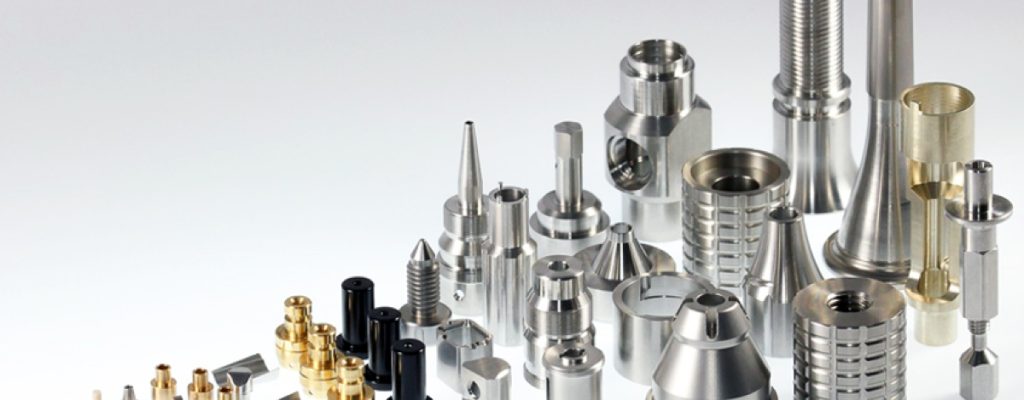
Conclusion
CNC-machined components are essential in modern manufacturing, offering precision, efficiency, and flexibility. Understanding the machining process, materials, and quality control measures is crucial for optimal results.
Choosing the right supplier and staying updated with technological advancements can significantly enhance the quality and efficiency of CNC machined components. As the industry evolves, embracing new technologies and practices will be key to maintaining a competitive edge.

